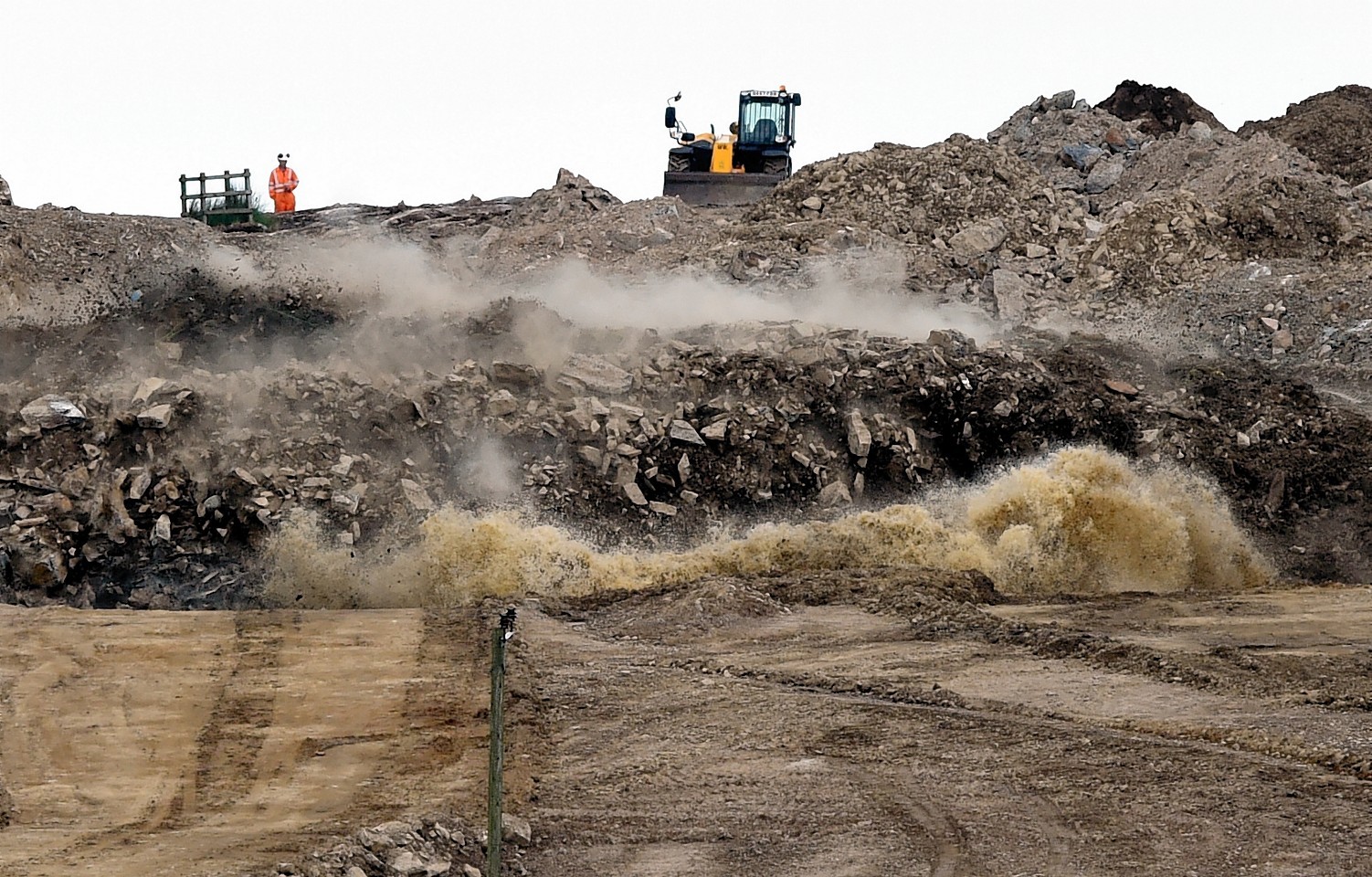Farmers who were forced to give up land for the Aberdeen bypass are being warned against letting contractors onto their own land.
According to James Dick, who heads up the Scottish Agricultural Arbiters and Valuers Association, farmers could be left without compensation for damage caused by the contractors.
He said the affected farmers were too afraid to speak out, but land agents across the region had reported problems with contractors asking farmers to use their land to access land designated for the bypass project, officially known as the Aberdeen Western Peripheral Route (AWPR).
When damage has been caused, the contractors have told farmers they will receive compensation from Transport Scotland, however the government agency says it is not their problem.
“Farmers must not let the contractor on to land the government has not bought,” said Mr Dick.
“Do not let anybody on to your land no matter how informal or friendly it appears to be. Our concern is that the farmer will be left behind without any compensation.”
A Transport Scotland spokesman said any issue of compensation should be dealt with by the farmer and contractor.
“The contractor has no right to access land without permission. Permission to get access to land, which was not compulsorily purchased for the AWPR is a matter for the contractor and landowner,” said the spokesman. “Any agreement to access and compensation is entirely a matter for the contractor and landowner and would not involve the district valuer.”
The response was dismissed by Mr Dick, who said a Welsh case between a landowner and Welsh Water in 1993 had ruled government must pay compensation as the contractor had been working on behalf of the government agency.
He also accused Transport Scotland of “dragging its heels” over payments for land and said many landowners were still in dispute with Transport Scotland, via the district valuer, over the value of the land in question.
“In some cases, especially in the southern section, the district valuer has been dragging his heels in way of a value which is slightly more than half of what we have commercial evidence for,” said Mr Dick.
“For example, the district valuer is saying some land is worth about £4,000 an acre when it should be about £6,500 or £7,000 an acre.”
Transport Scotland said it paid compensation in compulsory purchase cases in line with the District Valuer’s valuation.
A spokesman said: “Negotiations are on-going in a number of cases and claimants are able to submit evidence to support their claims. Additionally, they can apply for an advanced payment of 90% of the District Valuers current valuation whilst negotiations are on-going.”
He said the agency had already paid a number of advanced payments and concluded full payment on many others.
It is understood around £50million was set aside to compensate around 400 property owners for the 1,400 acres of land needed for the bypass.
